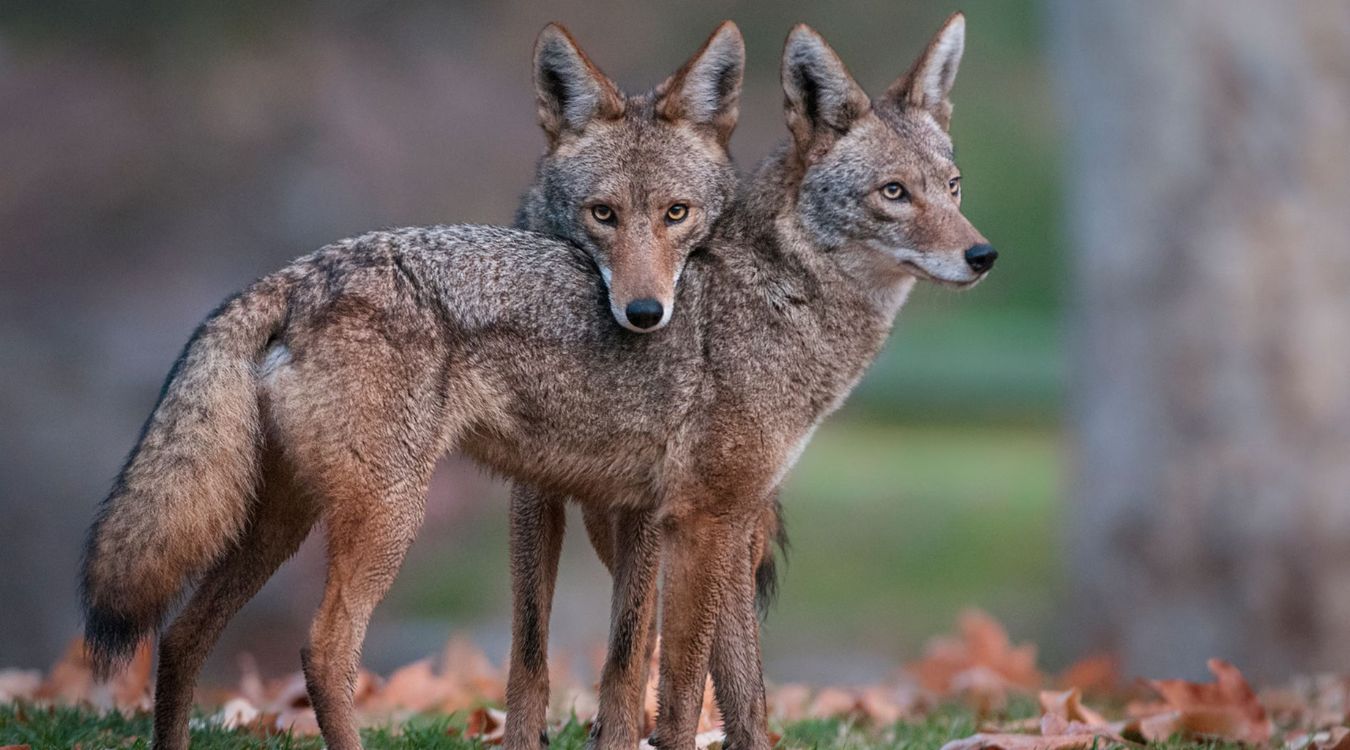Secrets Of Coyote Territories In Utah’s Canyonlands

Have you ever wondered where coyotes roam in Utah's Canyonlands? This vast, rugged landscape is home to many of these clever creatures. Coyotes thrive in the diverse terrain, from deep canyons to high plateaus. They are known for their adaptability, making them a common sight in this region. Whether you're hiking, camping, or just exploring, you might spot one of these elusive animals. Understanding their habits and habitats can make your visit even more exciting. So, if you're curious about the wild side of Canyonlands, keep reading to learn more about the coyote territories in this stunning part of Utah.
Secrets of Coyote Territories in Utah's Canyonlands
Utah's Canyonlands are a mesmerizing blend of rugged landscapes, towering rock formations, and hidden secrets. Among these secrets are the territories of the elusive coyote. These intelligent creatures have carved out unique niches in this vast wilderness. Let's uncover some of the most fascinating spots where coyotes roam in the Canyonlands.
1. Island in the Sky
Island in the Sky is a massive mesa that offers breathtaking views of the surrounding canyons. Coyotes here have adapted to the high elevation and sparse vegetation, making it a prime spot for observing their hunting techniques.
- Hiking Trails: The numerous trails provide opportunities to spot coyotes in their natural habitat.
- Overlooks: Grand View Point and Mesa Arch are excellent vantage points for watching these cunning animals.
2. The Needles District
The Needles District is named for its colorful spires of Cedar Mesa Sandstone. This area is a labyrinth of canyons and grasslands, perfect for coyote dens.
- Chesler Park: A large, open area where coyotes can often be seen hunting for small mammals.
- Elephant Hill: Offers a challenging hike with potential coyote sightings along the way.
3. The Maze
The Maze is one of the most remote and least accessible areas of the Canyonlands, making it an ideal sanctuary for coyotes.
- Horseshoe Canyon: Known for its rock art, this area also provides a secluded environment for coyotes.
- The Fins: Narrow rock formations where coyotes can hide and hunt undisturbed.
4. Cataract Canyon
Cataract Canyon is famous for its white-water rapids, but it's also a lesser-known coyote territory.
- Colorado River: Coyotes are often seen near the riverbanks, searching for food and water.
- Dark Canyon: A tributary canyon that offers a quieter, more isolated habitat for coyotes.
5. Salt Creek Canyon
Salt Creek Canyon is rich in archaeological sites and natural beauty, making it a fascinating place to explore coyote territories.
- Peekaboo Camp: A popular camping spot where coyotes are known to roam at night.
- Angel Arch: A stunning natural arch that provides a scenic backdrop for coyote sightings.
6. Horseshoe Canyon
Horseshoe Canyon is renowned for its ancient rock art, but it's also a hidden gem for observing coyotes.
- Great Gallery: While admiring the rock art, keep an eye out for coyotes in the surrounding area.
- Water Sources: Coyotes are often found near the canyon's intermittent streams and waterholes.
7. Upheaval Dome
Upheaval Dome is a geological mystery and a unique coyote habitat.
- Crater Rim Trail: Offers a chance to see coyotes while hiking around the mysterious crater.
- Syncline Loop: A challenging trail where coyotes can be spotted in the early morning or late evening.
8. White Rim Road
White Rim Road is a 100-mile loop that offers stunning views and a chance to see coyotes in various terrains.
- Murphy Hogback: A high point along the road where coyotes are often seen.
- Gooseberry Canyon: A quieter section of the road where coyotes can be observed in their natural environment.
9. Druid Arch
Druid Arch is one of the most iconic landmarks in the Canyonlands, and it's also a prime coyote territory.
- Hiking Trail: The trail to Druid Arch offers numerous opportunities to spot coyotes.
- Canyon Floor: Coyotes often roam the canyon floor, hunting for food and exploring the area.
10. Confluence Overlook
Confluence Overlook is where the Green and Colorado Rivers meet, creating a rich ecosystem for coyotes.
- Viewpoint: The overlook provides a panoramic view of the confluence, where coyotes can often be seen.
- Riverbanks: Coyotes frequent the riverbanks, taking advantage of the abundant resources.
Utah's Canyonlands are a treasure trove of natural beauty and wildlife. Coyotes, with their adaptability and cunning, have made these territories their own. Exploring these areas offers a unique glimpse into the lives of these fascinating creatures.
Discovering Coyote Territories in Utah's Canyonlands
Exploring coyote territories in Utah's Canyonlands offers a unique glimpse into the wild. These areas are rich with biodiversity, making them perfect for nature enthusiasts. Coyotes are adaptable creatures, thriving in various environments from deserts to forests. Observing their behavior and understanding their role in the ecosystem can be both educational and thrilling.
When visiting, respect the natural habitat. Keep a safe distance from wildlife and follow park guidelines. This ensures the preservation of these beautiful landscapes for future generations. Whether you're hiking, camping, or just enjoying the scenery, the Canyonlands provide an unforgettable experience.
Plan your trip with care. Bring necessary supplies, stay on marked trails, and be prepared for changing weather conditions. With the right preparation, your adventure into coyote territories will be safe and memorable. Enjoy the beauty and mystery of Utah's Canyonlands.

